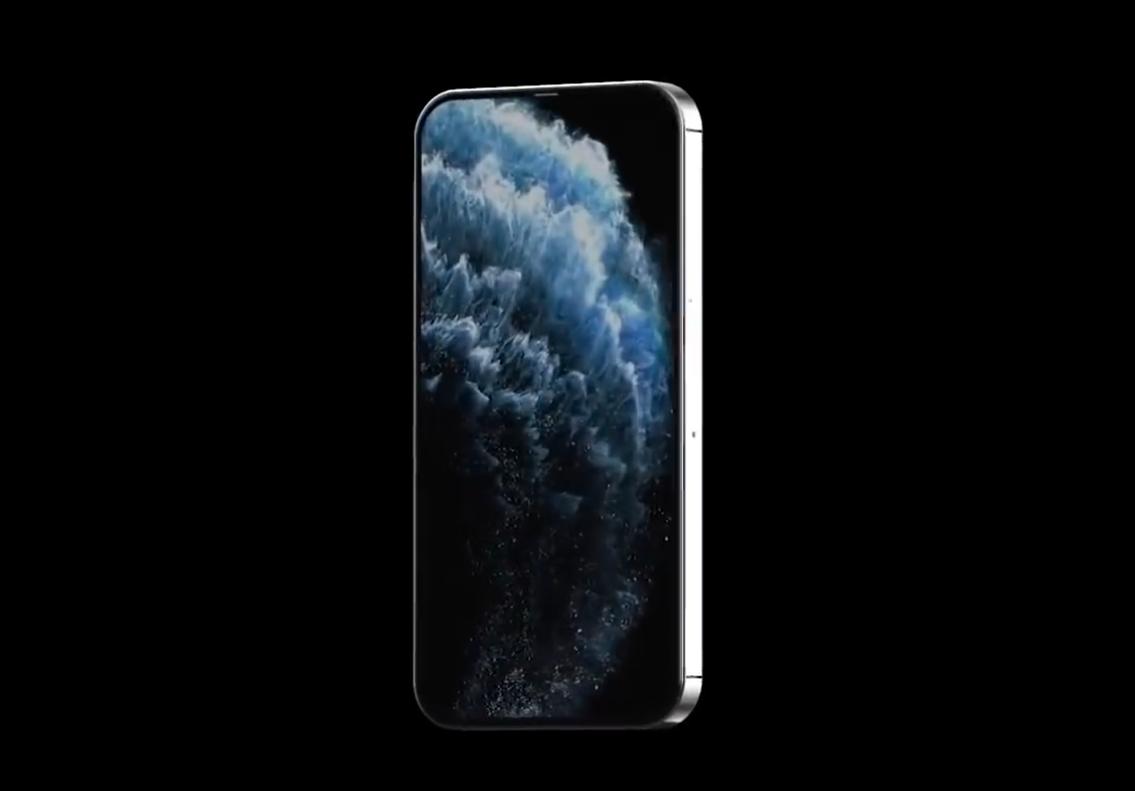Apple is ditching Qualcomm and designing its own antenna for the 5G iPhone

What you need to know
- Apple is reportedly working on its own antenna instead of using Qualcomm.
- Qualcomm's 5G antenna apparently did not fit in the housing of the new iPhone.
- The new iPhone will still use Qualcomm's 5G modem.
Rumors continue to swirl around this year's new iPhone, which is expected to be unveiled in September and be the first iPhone to feature 5G connectivity. In an interesting report by Fast Company today, Apple is apparently trying to design and implement its own 5G antenna into the iPhone.
The 5G modem and antenna for the new iPhone had, up to this point, been expected to be completely supplied by Qualcomm. That reportedly changed when Apple got its hands on the antenna and attempted to make it work with its new phone.
"Apple balked at the QTM 525 millimeter-wave antenna module offered to it by Qualcomm because it doesn't fit into the sleek industrial design Apple wants for the new phone."
After realizing that Qualcomm's 5G antenna was not going to fit into the design of the new iPhone, Apple apparently started developing two versions of the phone: one with its own proprietary antenna, and another using the antenna Qualcomm had designed.
"Apple typically designs on several tracks, and it's concurrently working on another design that uses both the Qualcomm modem and antenna. It could default to this option later this year."
If Apple does manage to make an antenna that will fit in the new iPhone the way they want, it will also have to ensure that both it and Qualcomm's component work well together. This is no small feat according to the technology that is being used to bring 5G to the lineup.
"The 5G iPhone will use a "phased array" antenna with two parts that work together to form a beam of radio signal. The beam can be electronically steered in different directions without the antenna moving. The modem chip and the antenna module work closely together to make this work properly."
Apple has historically struggled with antenna design. The iPhone 4 was plagued by "Antennagate" and even later models "required twice as much power as comparable antennas to produce the same amount of radio signal", according to the source that spoke with Fast Company.
Apple did not respond to Fast Company's requests for comment on the situation at this time.
iMore offers spot-on advice and guidance from our team of experts, with decades of Apple device experience to lean on. Learn more with iMore!

Joe Wituschek is a Contributor at iMore. With over ten years in the technology industry, one of them being at Apple, Joe now covers the company for the website. In addition to covering breaking news, Joe also writes editorials and reviews for a range of products. He fell in love with Apple products when he got an iPod nano for Christmas almost twenty years ago. Despite being considered a "heavy" user, he has always preferred the consumer-focused products like the MacBook Air, iPad mini, and iPhone 13 mini. He will fight to the death to keep a mini iPhone in the lineup. In his free time, Joe enjoys video games, movies, photography, running, and basically everything outdoors.
